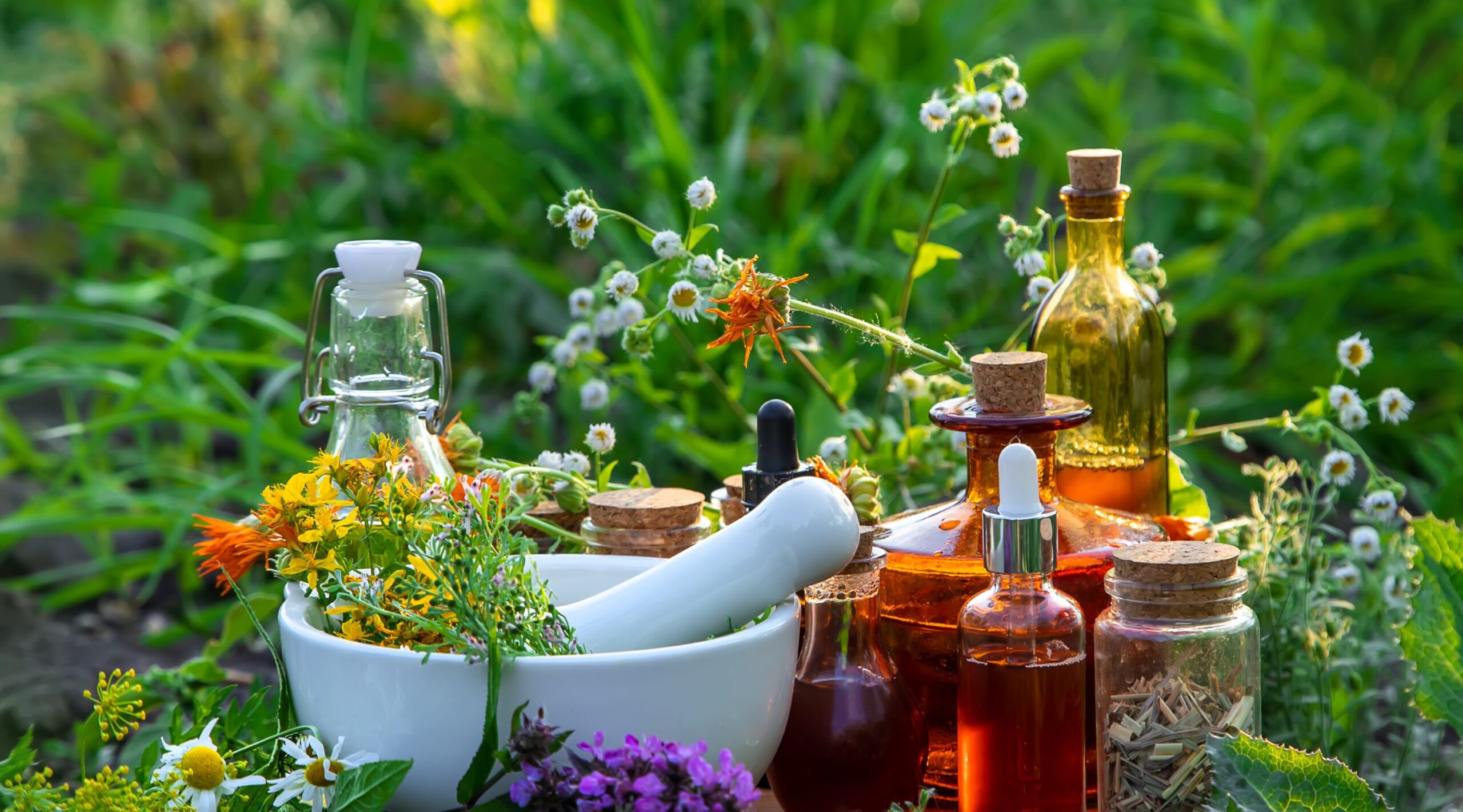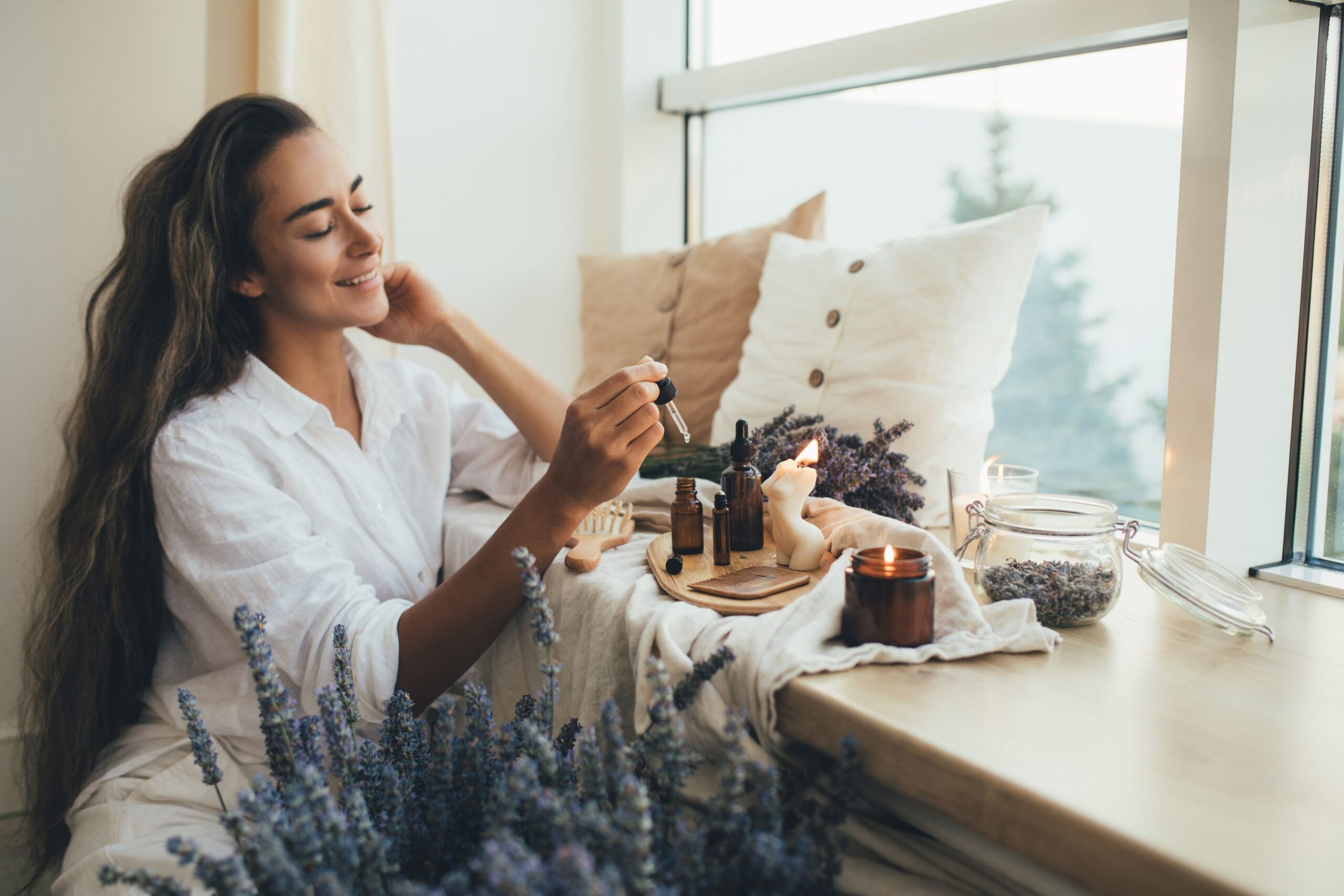Essential oils have been used for centuries for their therapeutic and medicinal benefits and are now a popular addition to many people’s wellness routines. These highly concentrated plant extracts are versatile, offering a natural and holistic approach to enhancing physical and emotional well-being.
Whether you’re looking to reduce stress, improve sleep, or support healthy skin, there’s an essential oil for that. But with so many options available, it can be overwhelming to know where to start. This guide will provide an overview of the critical things you need to know when adding essential oils to your wellness routine, from choosing the right oils to incorporating them into your daily routine safely and effectively.
If you’re ready to jump in, here are some tips that can help you out:
Research The Properties Of Different Essential Oils
Each essential oil has its own unique properties, so it’s important to learn about the benefits and potential side effects of each one before using it. Doing your research will help you select the best essential oils based on your specific health concerns and goals. For example, lavender is known for its relaxing properties and can help promote sleep and relieve stress, while eucalyptus is often used to clear nasal congestion.
On the other hand, tea tree has antibacterial, antifungal, and antiviral properties, commonly used for skin and scalp issues. If you’re looking for an essential oil to aid headaches and digestion and improve focus, peppermint may help because of its cooling and energizing properties.
Other essential oils you can add to your wellness routine include:
Clary sage for relieving menstrual cramps and promoting sleep.
Cinnamon for boosting circulation and supporting a healthy immune system.
Bergamot, a popular aromatherapy oil, may help reduce stress and improve mood.
These are just a few examples of the many essential oils available, each with its own unique fragrance and therapeutic properties.
Start Slowly And Safely
Starting slowly with essential oils is vital to help avoid any potential side effects and ensure that you are using them in a safe and effective manner. You can begin using a small amount of oil and gradually increase it as you become more familiar with its effects. Limiting frequency is also recommended when starting; it’s best to use essential oils once or twice a day and gradually increase as needed.
Before using an essential oil topically, test a small amount on a skin patch to see if you have any adverse reactions. It helps to determine if your skin reacts well to a specific oil before using it for a full application. Begin by washing your forearm with unscented soap and drying it thoroughly. Then, take a small amount of the essential oil (diluted) and rub it into a small skin patch on your forearm. After that, let the oil sit on your skin for 24 hours.
After the waiting period, remove the gauze to check if the skin patch is swollen, itchy, or red. If so, this indicates an adverse reaction, and you should avoid using that oil. In case of discomfort before the end of the 24 hours, wash the area with soap and warm water immediately. It’s also important to seek professional advice before adding essential oils to your wellness routine. If you have any health concerns or are pregnant or nursing, consult a healthcare provider before using any oils.
Experiment With Different Methods Of Use
You can use essential oils in various ways, including aromatherapy, topical application, and oral consumption. No matter what method you use, the oils require dilution to ensure there won’t be any adverse reactions. As a general guideline, it’s advisable to maintain the concentration of essential oils at or below 5%. This is to ensure safe and effective use and prevent potential skin reactions. By adhering to this rule, you can reap the benefits of essential oils while avoiding potential risks.
The approach to using essential oils depends on the desired outcome. Whether you aim to alter your mood, address a skin condition, alleviate pain with topical use, or treat a medical issue through oral or aromatherapy, the method you choose will vary. It’s essential to understand the intended purpose of your usage before selecting the appropriate method for incorporating essential oils into your wellness routine.
Diffusing essential oils in an aromatherapy burner, electric oil diffuser, or car diffuser is a common and effective way to enhance your surrounding environment. When diffusing isn’t an option, direct inhalation is a discreet and convenient alternative, particularly in public places or offices where diffusing may not be allowed due to office rules or the allergies of coworkers. This essential oil method is also ideal for traveling, providing a portable and easy solution.
In Conclusion
Using essential oils for wellness can provide several potential benefits, such as reducing stress and anxiety, promoting relaxation, improving sleep quality, and alleviating pain and headaches. However, it is crucial to remember that essential oils are not a substitute for professional medical advice and treatment, and it is recommended to consult a healthcare provider before incorporating them into your wellness routine.
Additionally, proper usage and dilution of essential oils are crucial to avoid potential adverse effects. Overall, essential oils can be a complementary tool to enhance one’s overall well-being when used safely and under the guidance of a healthcare professional.


